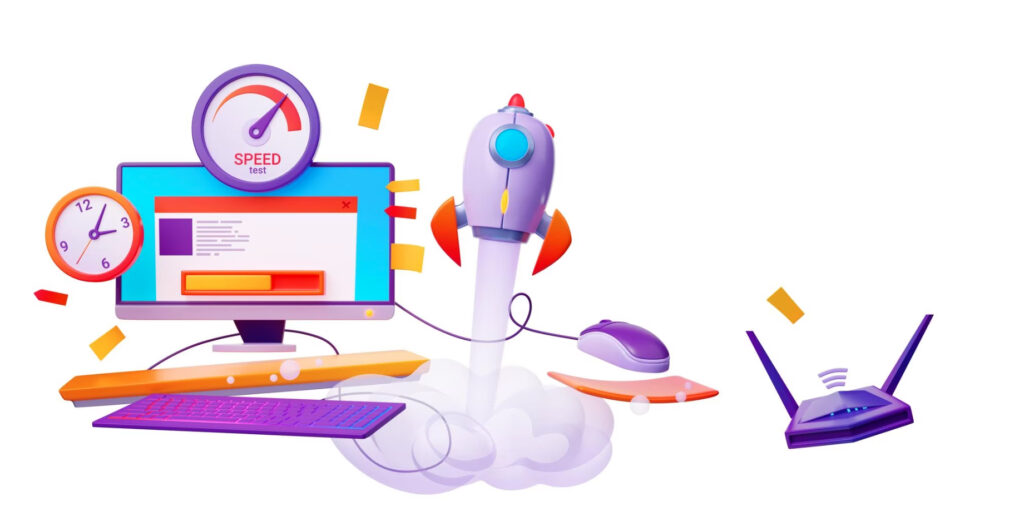As a WordPress website owner, you know the importance of providing a seamless user experience. One of the most significant factors that impact user experience is page speed. Slow website load times can result in higher bounce rates and lost traffic. Additionally, WordPress website speed optimization is a critical factor in search engine optimization (SEO) and can impact your website’s search engine rankings. In this article, we’ll explore how to analyze and improve your WordPress site’s page speed to provide a better user experience and improve your SEO.
Why Page Speed Matters
Before we dive into how to improve your website’s page speed, let’s explore why it matters. Website visitors expect a website to load quickly, and slow load times can cause frustration and negatively impact user experience. Additionally, slow page speeds can result in a higher bounce rate, which can impact your website’s search engine rankings. Google’s search algorithm considers page speed as a ranking factor, meaning a slow website can impact your SEO efforts.
How to Analyze Your Website’s Page Speed
To improve your website’s page speed, you first need to analyze its current performance. Several website speed tools can provide valuable insights into your website’s load times and identify potential areas for improvement.
Use Website Speed Tools
There are several free website speed tools available, including Google PageSpeed Insights, GTmetrix, and Pingdom. These tools provide detailed insights into your website’s load times and identify potential areas for improvement. We recommend using multiple tools to get a more comprehensive analysis.
Optimize Images
Images are an essential component of any website, but they can also slow down load times. You can optimize images by compressing them and reducing their file size without sacrificing quality. There are several WordPress plugins available, such as WP Smush and Imagify, that can help you optimize your website’s images.
Minimize HTTP Requests
HTTP requests are made when a browser requests resources from a server to load a webpage. The more HTTP requests your website makes, the longer it takes for your webpage to load. You can minimize HTTP requests by reducing the number of resources your website loads, such as scripts, stylesheets, and images.
How to Improve Your Website’s Page Speed
Once you’ve analyzed your website’s page speed and identified potential areas for improvement, it’s time to take action. Here are a few tips to help you improve your website’s page speed:
Enable Caching
Caching allows your website to store frequently accessed data in the user’s browser, reducing the number of requests needed to load a webpage. You can enable caching through WordPress plugins such as WP Rocket and W3 Total Cache.
Optimize Code
Clean, optimized code can help reduce your website’s load times. You can improve your WordPress website speed optimization by minimizing unnecessary code and combining scripts and stylesheets. WordPress plugins such as Autoptimize can help you optimize your website’s code.
Use a Content Delivery Network (CDN)
A CDN stores your website’s data on servers located around the world, reducing the distance that data needs to travel to load a webpage. This can significantly improve your website’s page speed. Cloudflare and MaxCDN are popular CDN providers for WordPress websites.
Tips for Maintaining Fast Page Speed
Improving your website’s page speed is a task that takes time to get started. To maintain fast page speed, you should regularly monitor your website’s performance and make necessary updates. Here are a few tips for maintaining fast page speed:
- Regularly optimize and compress images.
- Monitor your website’s code for unnecessary or outdated elements.
- Regularly review and update your website’s plugins and themes.
- Monitor your website’s page speed using website speed tools.
Conclusion
In today’s fast-paced online world, website visitors expect fast load times. Slow website speeds can impact user experience and search engine rankings. By analyzing and improving your WordPress site’s page speed, you can provide a better user experience and improve your SEO efforts. Regularly monitor your website’s performance and make necessary updates to maintain fast page speed.
